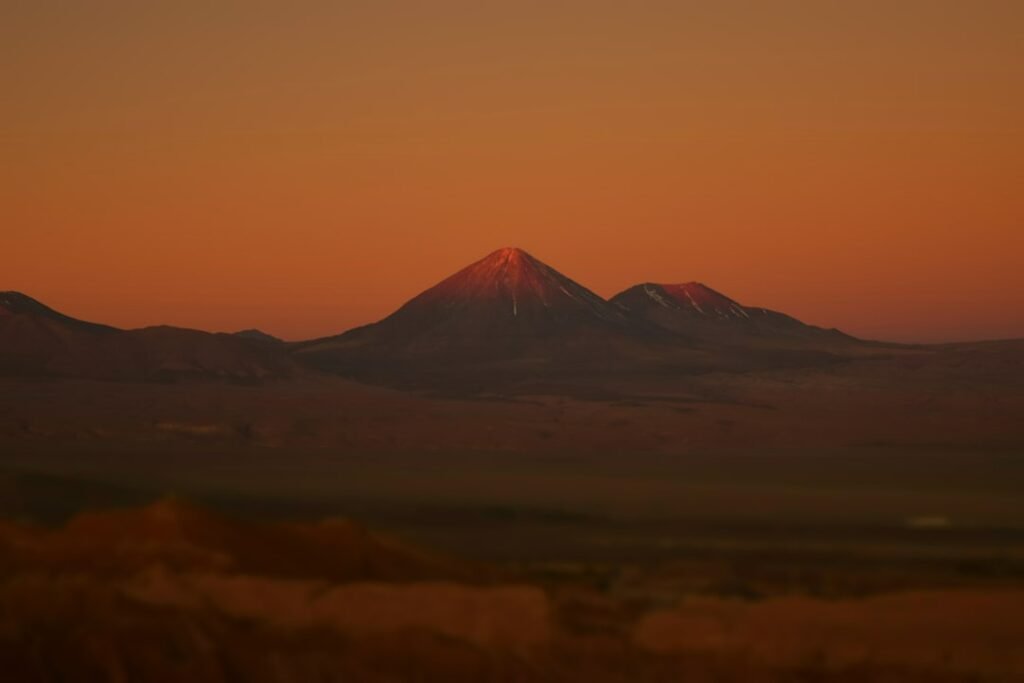Forget “Jurassic Decline” new research reveals dinosaurs were thriving until that infamous asteroid turned their world upside down. Here’s why we’ve been wrong for decades.
The Dinosaur “Doom” Myth: A Fossil Record Fumble
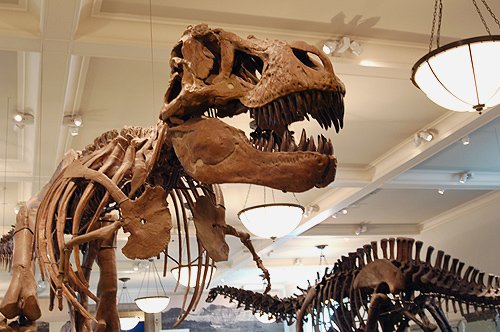
For over 30 years, scientists debated whether dinosaurs were already on their way out before the asteroid hit. The fossil record seemed to show diversity dwindling in the late Cretaceous. But a Current Biology study just flipped the script: Dinosaurs weren’t doomed, we just suck at finding their fossils.
Key bombshells:
- 8,000 fossils analyzed from North America’s Campanian (83–72 million years ago) and Maastrichtian (72–66 million years ago) periods.
- Ceratopsids (like Triceratops) dominated, while hadrosaurs (duck-billed dinos) were rarer likely because river habitats preserved fewer remains.
- No ecological red flags: No climate shifts or food shortages hinted at decline.
“The ‘decline’ was a smokescreen,” says lead author Alfio Chiarenza. “Bad rock exposure and fossilization conditions skewed the data.”
The Great Fossil Cover-Up: How Geology Fooled Us
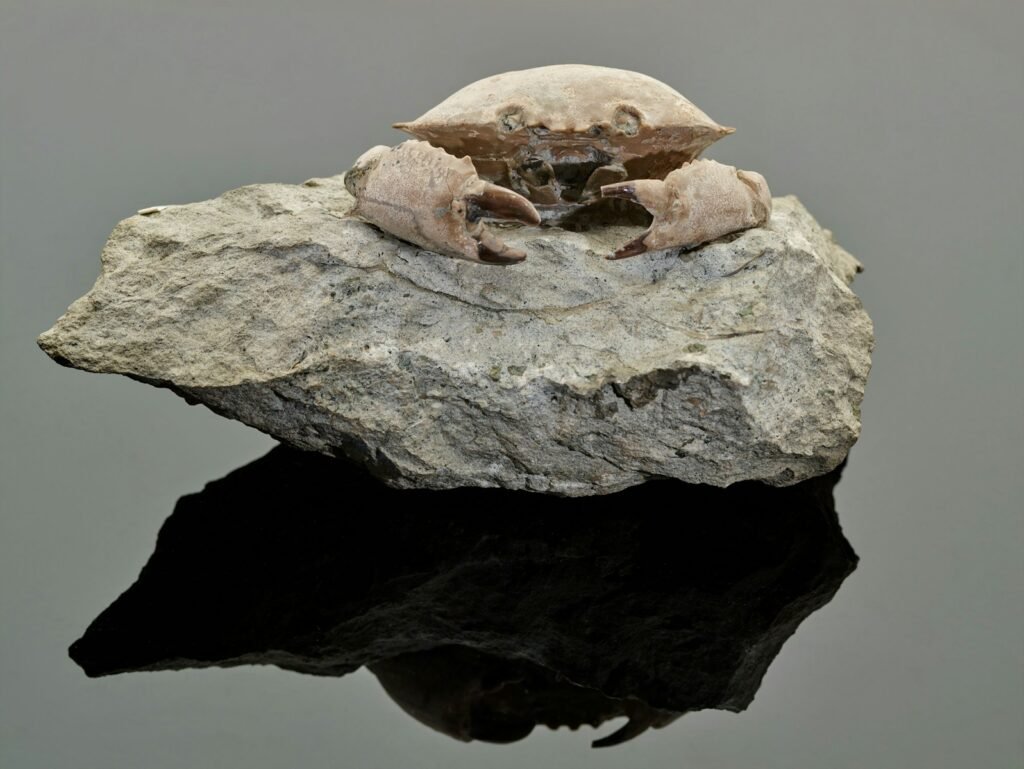
Why did fossils appear to vanish before the asteroid? Blame Earth’s drama:
- The Western Interior Seaway drained, reducing coastal habitats where fossils form.
- The Rocky Mountains rose, burying or eroding dinosaur gravesites.
- Modern vegetation now covers Maastrichtian rock layers in North America where half of all late-dino fossils should be.
“It’s like trying to read a book with half the pages glued shut,” says co-author Chris Dean. “We mistook missing data for extinction.”
Asteroid Apocalypse: The Ultimate Cosmic Cheap Shot
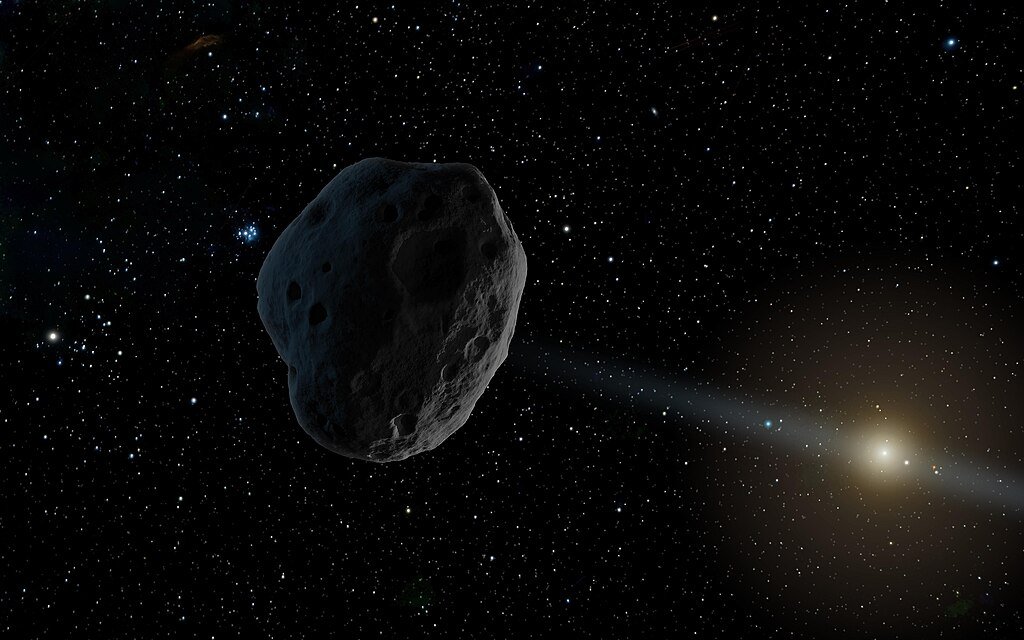
The study’s kicker? Dinosaurs were evolutionarily stable until the Chicxulub asteroid hit 66 million years ago.
- Occupancy models (used in conservation biology) show dino populations weren’t shrinking.
- No “dead clade walking”: Unlike mammoths or dodos, dinosaurs showed no genetic bottleneck or adaptability issues.
“They were the OG survivors,” says Chiarenza. “If not for that rock, they’d probably still be here and mammals might still be rat-sized.”
Dino Detectives: How AI and Occupancy Models Cracked the Case
To debunk the decline myth, scientists borrowed tools from wildlife biology:
- Bayesian occupancy modeling accounted for “missing” fossils by analyzing:
- Paleoclimate data (wet vs. dry habitats).
- Geological outcrops (accessible rock layers).
- Sampling bias (where paleontologists dig most).
- Result: Detection probability dropped near the end-Cretaceous not actual dino numbers.
“We treated fossils like rare bird sightings,” says Dean. “Turns out, we just weren’t looking in the right places.”
The “What If” That Haunts Scientists
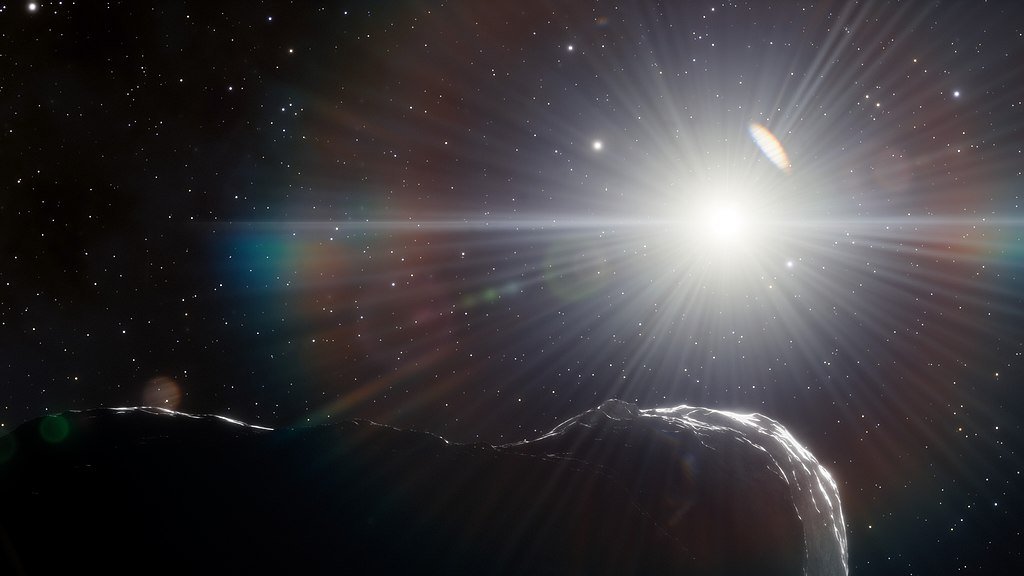
What if the asteroid missed? The study suggests:
- Dinosaurs keep dominating: With stable ecosystems, they’d likely still rule land.
- No mammal takeover: Forget humans T. rex’s descendants might’ve invented tools instead.
- Birds as a clue: Modern avian dinosaurs (like crows) thrive in human cities. Imagine velociraptors doing the same.
“They survived volcanoes, continental splits, and climate swings,” says Chiarenza. “Only literal astronomical bad luck killed them.”
Why This Matters Beyond Dinosaurs
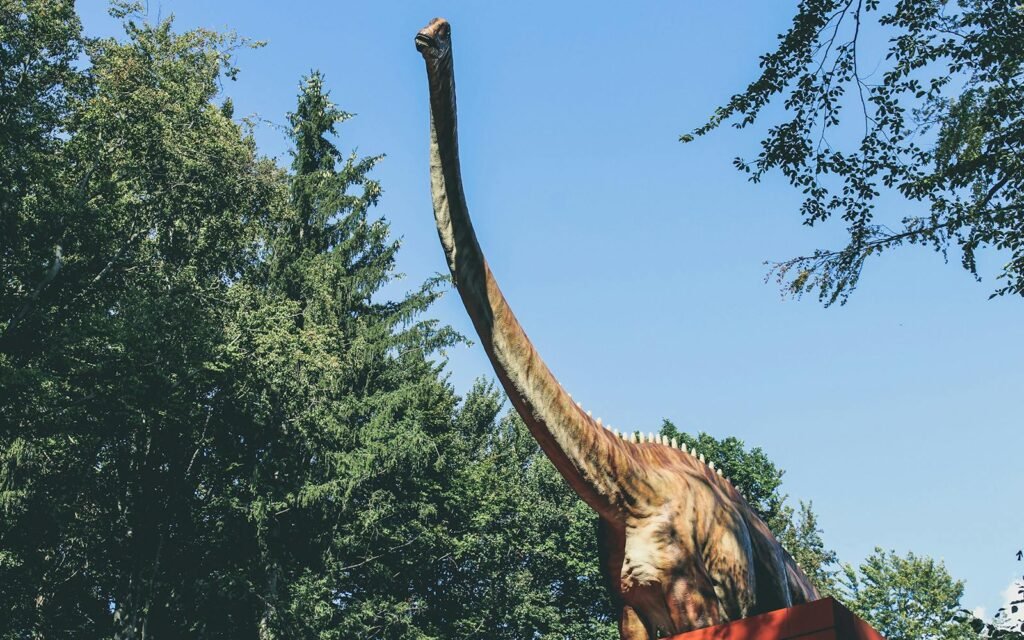
The study isn’t just about the past it’s a warning for the future:
- Bias alert: Fossil gaps could mislead us about current extinction risks (e.g., coral reefs).
- Asteroid preparedness: NASA’s DART mission proves we’re still at cosmic mercy.
- Evolutionary humility: Mammals got lucky. “We won by default,” admits Dean.
The Final Verdict: Dinosaurs Got Robbed
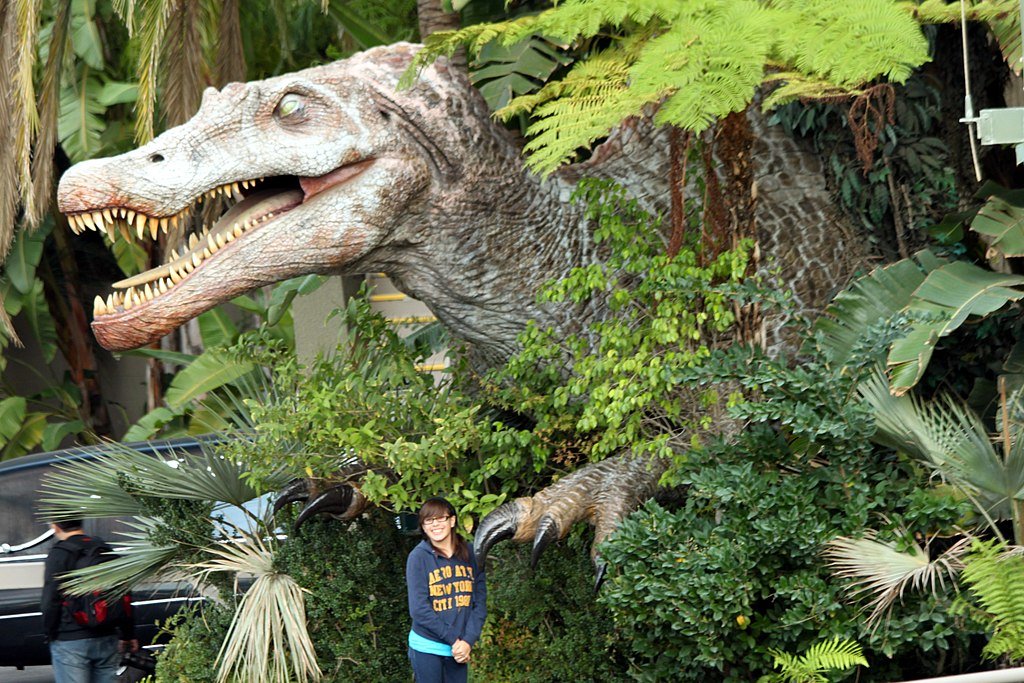
Forget “fading giants” this study paints dinosaurs as robust, adaptable, and utterly unlucky. Their real legacy? A masterclass in how geology, chance, and one really bad day can rewrite history.
“They didn’t fail,” sums up Chiarenza. “The universe just hit them with a ‘game over’ they couldn’t respawn from.”
Sources: LiveScience | Current Biology Study

Suhail Ahmed is a passionate digital professional and nature enthusiast with over 8 years of experience in content strategy, SEO, web development, and digital operations. Alongside his freelance journey, Suhail actively contributes to nature and wildlife platforms like Discover Wildlife, where he channels his curiosity for the planet into engaging, educational storytelling.
With a strong background in managing digital ecosystems — from ecommerce stores and WordPress websites to social media and automation — Suhail merges technical precision with creative insight. His content reflects a rare balance: SEO-friendly yet deeply human, data-informed yet emotionally resonant.
Driven by a love for discovery and storytelling, Suhail believes in using digital platforms to amplify causes that matter — especially those protecting Earth’s biodiversity and inspiring sustainable living. Whether he’s managing online projects or crafting wildlife content, his goal remains the same: to inform, inspire, and leave a positive digital footprint.


